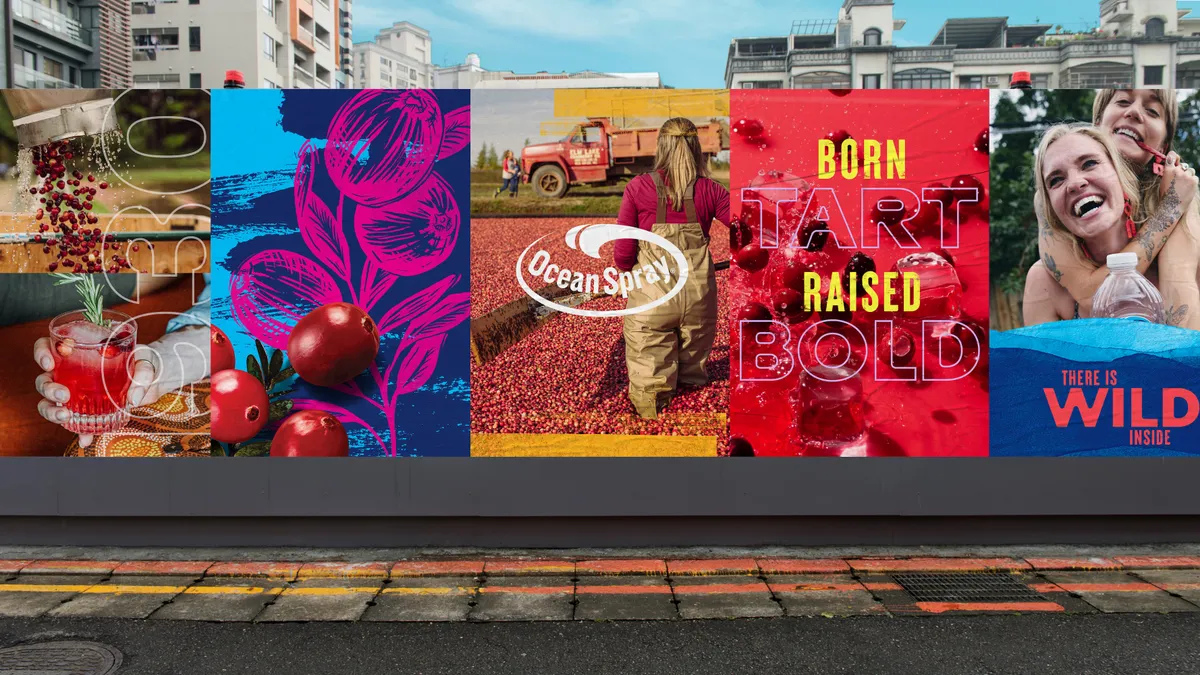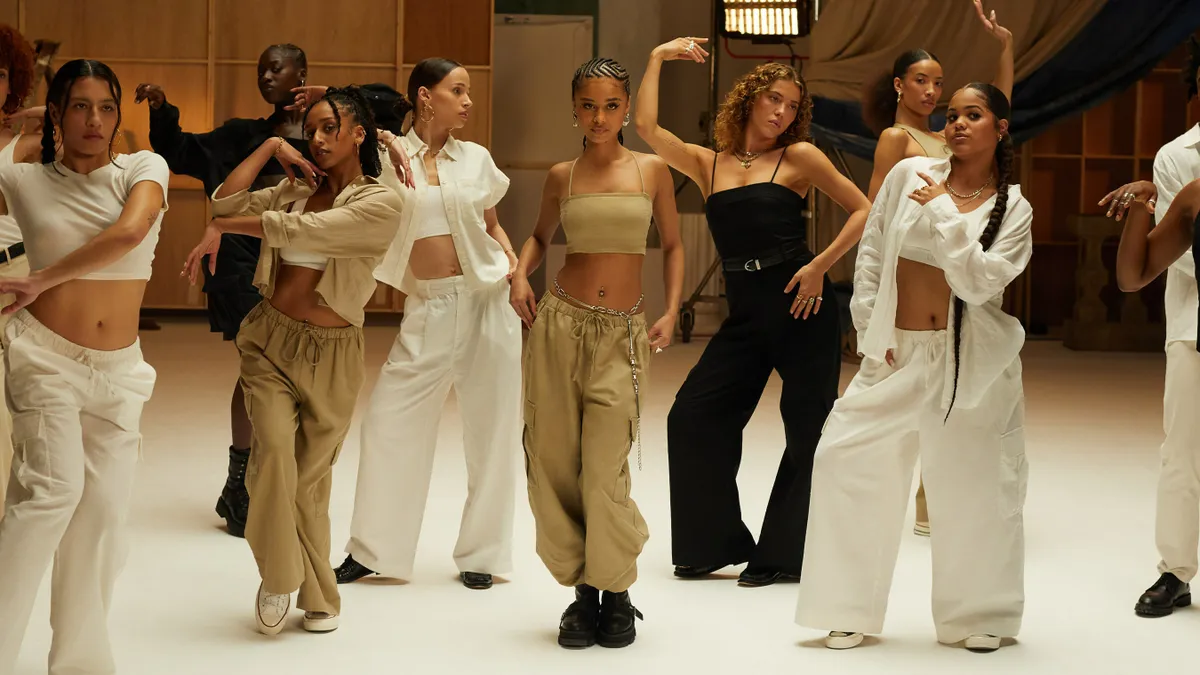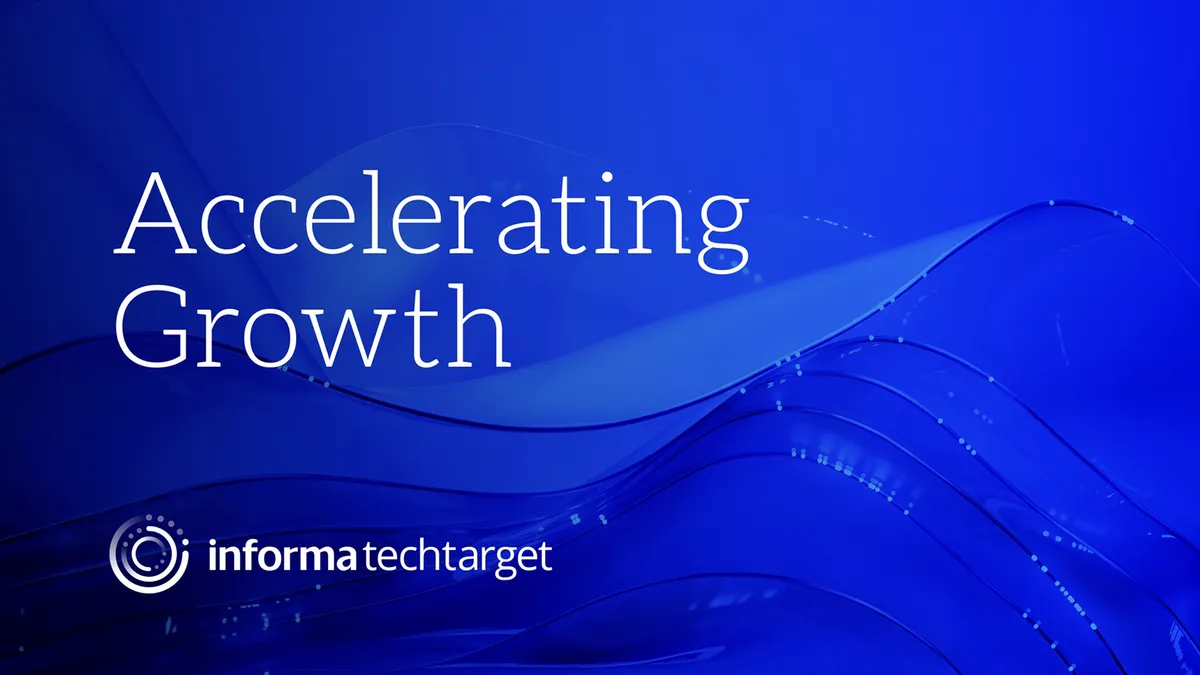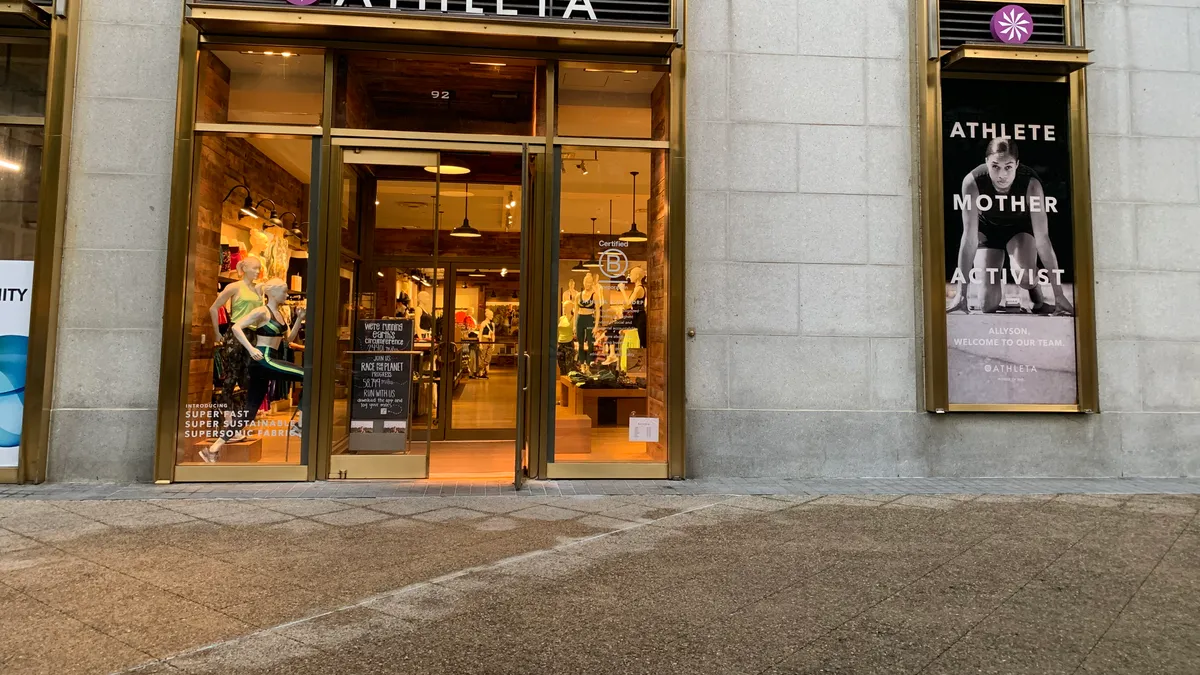If a picture is worth 1,000 words, then the estimated 2.3 trillion emoji-riddled texts sent last year might mean a lot to marketers. Digital language is loading up with more sophisticated pictures and symbols, and brands that don't speak that language risk being left out of consumers' conversations.
To join in on the discussion, marketers must expand their vocabulary with digital stickers or shareable graphics that take emojis to the next level with abilities to move, geotag, link to e-commerce sites and much more. Examples of enhanced digital stickers range from coffee chain Dunkin' Donuts' sprinkled donut motif to gay dating network Grindr's suggestive handcuffs emblem and everything in between.
"We look at a digital sticker as any type of content that further illustrates someone's emotions or sentiments," said Alexis Berger, chief strategy officer, Emogi, the messaging startup that provided the number of texts with emojis in 2016 cited above. Emogi research further suggests 92% of online consumers correspond with emojis, a term commonly employed interchangeably with digital stickers.
"The whole rage around mobile messaging and stickers, emojis and GIFs, is about the opportunity to enrich conversations," Berger added.
In an age when consumers prize authenticity above aggressive pitches, digital stickers are a welcome addition that can enliven communication at the same time that traditional ads are shunned or ignored.
"With a digital sticker, the fan is voluntarily deciding to take that sticker and share it with their friends and family," said Robert Ferrari, CEO of branded messaging sticker provider Bare Tree Media. "That’s highly powerful."
Digital stickers defined
Stickers can be static or dynamic, from the iconic smiley face to a burping Garfield emoji produced by Bare Tree Media. They can recognize locations or be clickable gateways to songs, retail sites, movie trailers and coupons or other offers. They're available both for free and as revenue generators, priced typically from 99 cents to $2.99 per sticker app.
Social media platforms have been among stickers' biggest proponents. Snapchat is a leader in the space and put money behind its commitment to the tactic last March with a $100 million deal to acquire Bitstrips, developer of the popular bitmojis, which create shareable, posable cartoon versions of users.
Instagram isn't ceding stickers to Snapchat either. The Facebook-owned photo-sharing platform premiered decorative stickers in December to enhance its Snapchat lookalike Stories feature and recently added city-specific geostickers.
Slack and Twitter play on sticker turf, too. Colleagues connecting on the enterprise chat service modify emojis to their preferences, and brands can purchase stickers to populate Twitter feeds, with marketers like PepsiCo and Warner Bros. building Twitter campaigns around them.
Social media, while early to the space, may ultimately be less critical than messaging in the 2017 digital sticker universe. Goliaths include iMessage, Facebook Messenger, WhatsApp, Kik, Viber, WeChat and Line are now the real drivers of engagement with the new digital vocabulary.
"There are over 3 billion active users on messaging apps. It’s the most frequent app category in terms of active sessions per day, and it’s second highest in terms of length of sessions," said Evan Wray, co-founder and vice president of Swyft Media. "It’s a massively engaging environment.
"The Swyft platform is plugged into over 30 messaging apps, and we don’t work with one that has fewer than 50 million users," he added.
Bang for branded sticker bucks
Still in its infancy, the digital sticker trade has a growing record of impactful campaigns. Swyft Media detailed a three-day sticker campaign for 1-800-Flowers which garnered 1.7 million shares, nearly 500,000 downloads and 34.2 million impressions.
For Dove's Love Your Hair campaign, Snaps, the mobile messaging platform known for Kim Kardashian and Heidi Klum emojis, introduced a keyboard with curly hair icons that spurred roughly 905,000 downloads and 1 billion impressions. Snaps CEO Christian Brucculeri said that it led to a "pretty significant lift in brand awareness, intent to purchase and brand affinity."
Working with Snaps, Dunkin' Donuts launched a keyboard with around 60 digital stickers and an iMessage Card Builder that puts a branded twist on greeting cards. Melanie Cohn, senior manager of digital and social media at Dunkin' Donuts, called the effort a "great success."
"With little advertising, we’ve grown our pack numbers significantly over the last few months and are continuing to see adoption and usage," she said. "Based on our most popular stickers, we can infer that friends are using our stickers to discuss their Dunkin' order or their favorite products."
Stickers don’t carry Super Bowl-sized price tags either. Ford paid $2 for every 1,000 impressions in a sticker campaign with Swyft Media yielding 34 million impressions, according to figures obtained by Digiday. Calculated with those figures, the campaign cost $68,000. Campaigns mounted by Bare Tree Media regularly run from $25,000 to $50,000.
"We can do an iMessage sticker pack for under $5,000," said Ferrari. "We have had even small local businesses say, 'Hey, that’s within my reach.'"
Sticky sticker situations
Cost aside, marketers shaping sticker campaigns face several challenges, including crafting compelling stickers.
"[Symbols must] appeal to as much of their target audience as possible [so] that they’ll identify with enough to want to use them as a vehicle for their personal expression without alienating other parts of their audience through offense or excessive cuteness," said Sanjay Pothen, chairman of social video production agency NEEBA, adding that conveying brand identity is also a must.
Captivating stickers aren’t fruitful if they aren’t seen — and getting them seen in an ever-more crowded market can be difficult. Ferrari made the case for apps containing branded stickers. Referring to apps for the supplement company MuscleTech and apparel purveyor Life is Good, he said, "Their user base that downloaded the app was highly engaged with the app, and they found that a very high percentage of users were leveraging photo editing that was part of the app."
Integrating stickers into messaging banter at the outset is the best approach, Berger argued.
"The biggest challenge I hear constantly has been scale and discoverability. Brands starting in the space by creating keyboards and sticker packs have been frustrated because they haven’t gotten the eyeballs they were hoping to get," she said. "They are sitting in the app store. So, you are waiting for somebody to find you and then hoping they will be active."
Once stickers are initiated, assessment can also be tricky. Wray acknowledged the sticker segment is "a little light" on analytics, but it's making strides toward expanded measurement. Emogi has partnered with SaaS analytics firm Moat on standardized metrics for branded content in mobile messaging, for example.
Swyft Media also dishes out information on shares, impressions and click-through rates — typically 14% for its sticker content — and has established industry benchmarks for brands to stack their efforts up against the competition.
"Stickers will become increasingly customized with users able to personalize and create their own stickers across more platforms," predicted Pothen, noting that customization will flourish alongside commercialization.
“We are really excited for the opportunity to connect stickers with calls-to-action,” added Ferrari. "If you send a sticker about a movie, why not get a sneak peek of that movie or buy a movie ticket? There are great things happening."












